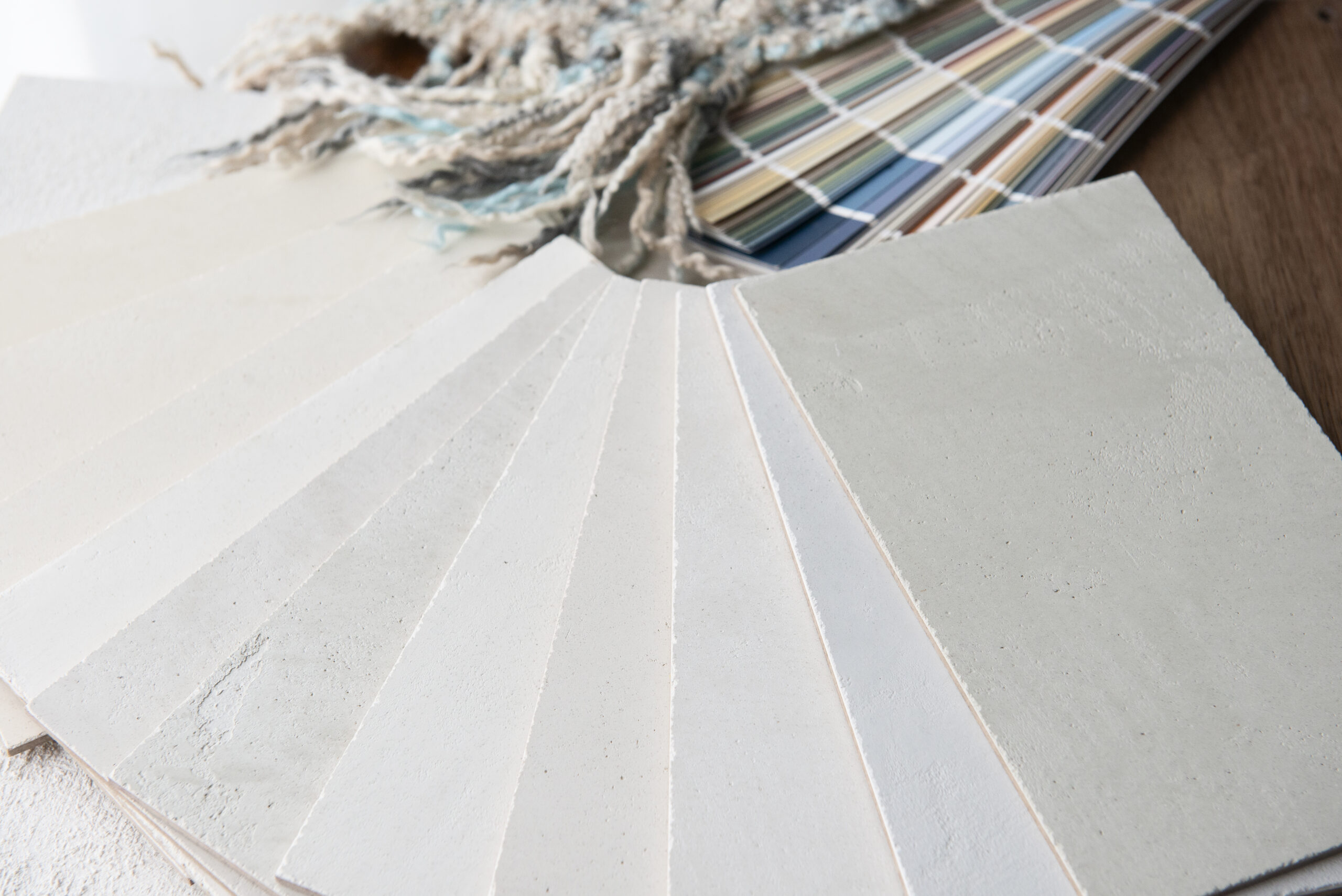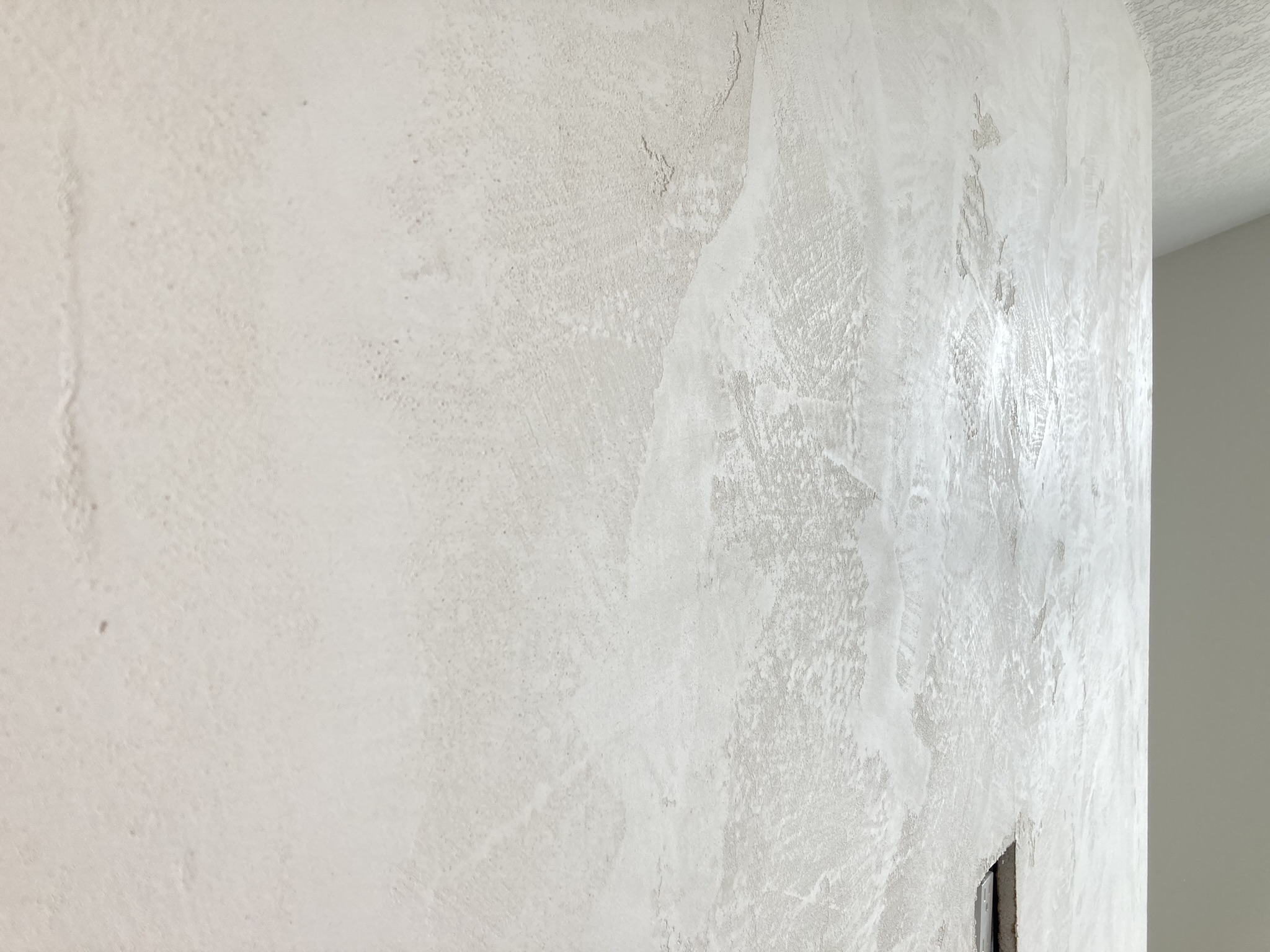When you step into a room adorned with Venetian plaster, you are immediately transported to a space where art and architecture intertwine. The shimmering aesthetics, smooth surfaces, and the play of light and shadow all contribute to the evocation of a sense of refined elegance, and at deSTYLE Handcrafted Finishes Ltd., we are experts in making this magic happen. But have you ever wondered about the process behind this luxurious finish? Today, we’re pulling back the curtain on how to apply Venetian plaster, along with the challenges and rewards that come with it.
Venetian plaster, also known as limestone plaster, has a rich history dating back to the opulence of the Renaissance period in Venice. The application process involves careful layering and burnishing to create a smooth, marble-like effect that is both durable and stunningly beautiful.
The Learning Curve
The first challenge in learning to apply Venetian plaster is to understand that it’s not simply a matter of slapping on a coat of paint. It’s a traditional craft that requires a specific skill set and deep understanding of the materials involved.
At deSTYLE, we start our journey with a detailed study of the properties and types of limestone plaster, as well as the variety of finishes that can be achieved. From matte to high gloss, the choice of finish can drastically change the ambiance of a space. This learning phase requires patience and commitment but forms the bedrock of your Venetian plastering skills.
The Application Process
Once you’ve understood the basics, it’s time to get your hands dirty. Venetian plaster application is an art in itself. It involves applying multiple thin layers of plaster with a trowel, and each layer needs to be meticulously polished before the next one is added. This process can be physically demanding and requires a keen eye for detail. But as each layer is added, the real beauty of Venetian plaster begins to emerge, making it a rewarding experience.
Overcoming Challenges
One of the key challenges in applying Venetian plaster is achieving consistency. Each stroke of the trowel affects the texture and look of the plaster. However, with practice and perseverance, you can master the technique to create a flawless finish.
Environmental factors can also pose challenges. Humidity, temperature, and air circulation can all affect how the plaster dries and hardens. Learning to work in varying conditions and understanding how these factors influence the finish is part of the journey.
The Rewards
Despite the challenges, the rewards of applying Venetian plaster are immense. There’s a sense of satisfaction and accomplishment in watching a plain wall transform into a piece of art. Furthermore, it’s an eco-friendly choice, as Venetian plaster is made from natural materials and is highly durable, reducing the need for frequent repaints.
Not to mention, mastering this skill opens up a world of creative possibilities. With Venetian plaster, you can create unique, custom finishes that make a space truly unique. At deSTYLE, we take pride in creating such bespoke finishes for our clients, bringing a touch of luxury and individuality to their residential or commercial spaces.
In conclusion, learning to apply Venetian plaster is a journey filled with challenges, but it is also a rewarding craft that combines artistry, science, and a deep appreciation for natural materials. So, the next time you admire a Venetian plaster finish, you’ll have a newfound appreciation for the craftsmanship behind it.



